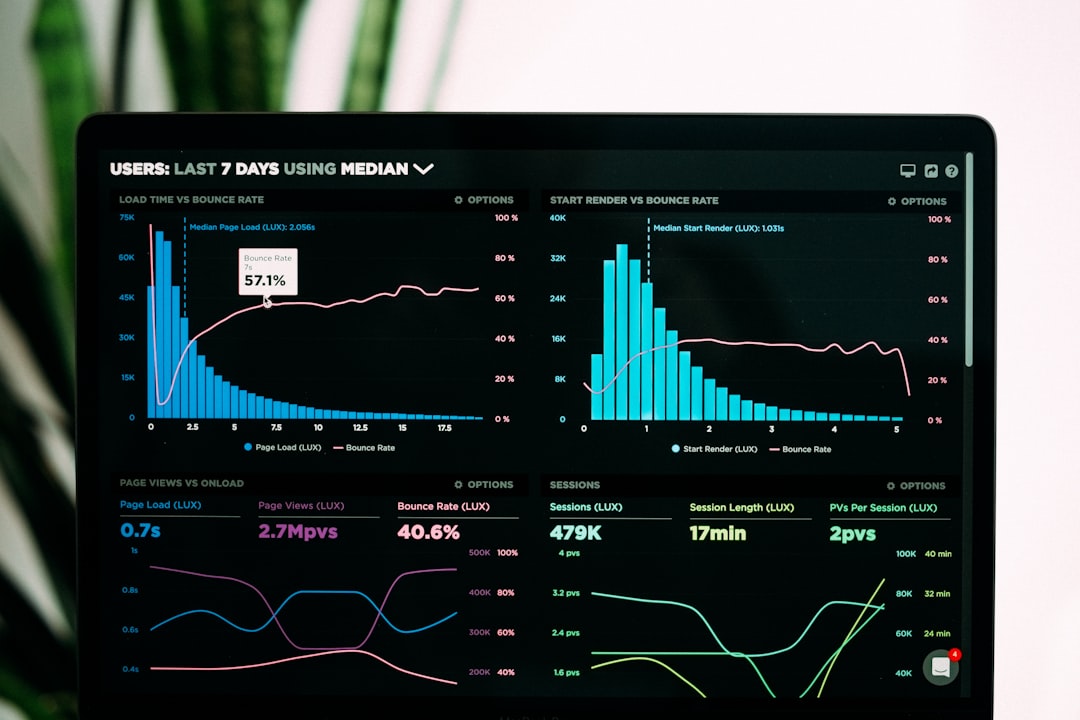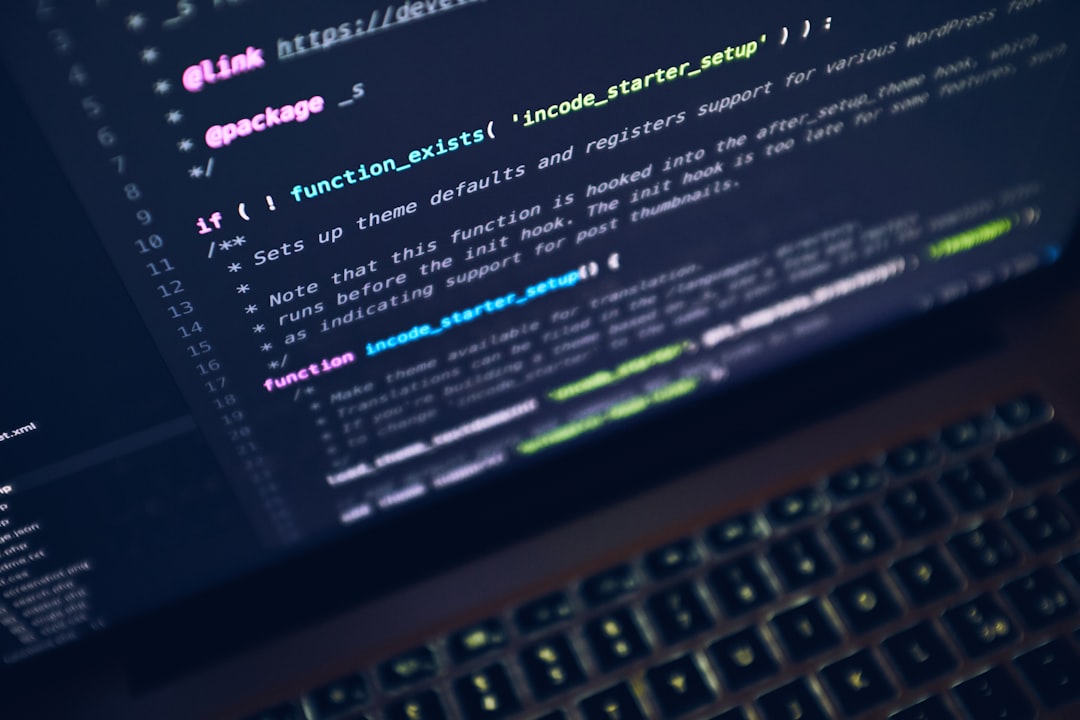
Best Tools for Creating Economic Forecasts: A Comprehensive Guide.
# Introduction. Economic forecasting is an essential aspect of modern business and policy-making, allowing stakeholders to predict future economic conditions, decisions, and trends based on various economic indicators. As we navigate an increasingly volatile economic landscape, reliable forecasting tools and methodologies have become indispensable. In this article, we will explore some of the best tools available for creating comprehensive economic forecasts, detailing their features, benefits, and application in real-world scenarios. ## 1. Statistical Software Packages. Statistical software packages like R, SAS, and Stata are prevalent for economic forecasting due to their robust analytical capabilities and extensive functionalities. ### R. R is an open-source software often referred to as one of the most powerful tools in statistical analysis. Its extensive range of packages, such as `forecast` and `tsibble`, allows users to perform an array of forecasting techniques. R's flexibility enables users to model complex datasets, visualize trends, and even apply machine learning algorithms to forecast economic indicators with high accuracy. ### SAS. SAS (Statistical Analysis System) is a powerful analytics software suite that provides advanced analytics, multivariate analysis, business intelligence, and data management. SAS has dedicated features for time-series forecasting and econometric analysis, making it a popular choice among economists and financial analysts. The software’s ability to handle large datasets efficiently allows economists to create accurate forecasts based on historical data. ### Stata. Stata is favored for its user-friendly interface and comprehensive set of features aimed at data manipulation and econometric analysis. Stata’s built-in commands for regression modeling, forecasting, and panel data analysis make it a great choice for both beginners and experienced practitioners. Additionally, the software's community provides a wealth of user-generated resources that can be invaluable for forecasting economic trends. ## 2. Excel-Based Forecasting Tools. Microsoft Excel remains one of the most accessible tools for economic forecasting for businesses and individuals. Its innate versatility makes it a fundamental tool in many offices, providing a platform for performing a range of forecasting techniques, from simple trend analysis to complex econometric models. ### Excel’s Forecast Sheet. Excel includes a Forecast Sheet feature that automates the forecasting process. It allows users to create forecasts based on historical data with an intuitive, user-friendly interface. While Excel may not offer the same depth of capabilities as specialized statistical software, its widespread use and familiarity among users make it an accessible starting point for many. ### Add-ins for Enhanced Forecasting. There are several Excel add-ins like XLMiner and ForecastX that enhance Excel’s capabilities, allowing for more sophisticated forecasting techniques, including exponential smoothing and ARIMA models. These add-ins are designed to simplify the forecasting process and expand Excel’s native functionalities, making them worthwhile investments. ## 3. Econometric Software Suites. Econometric software applications are particularly tailored for economic forecasting, analytics, and modeling. Some notable options worth considering include EViews, MATLAB, and GRETL. ### EViews. EViews (Econometric Views) specializes in time series analysis and forecasting. It converts extensive datasets into actionable insights, making it a suitable choice for economists. EViews supports various econometric models, including linear regression, ARIMA, and VAR models, allowing for robust forecasting capabilities. Its intuitive user interface and extensive documentation enable users to perform complex analyses with relative ease. ### MATLAB. MATLAB is widely used in academia and industry for computational mathematics, making it suitable for economic forecasting. Its powerful programming capabilities and toolboxes for econometrics facilitate the development of custom forecasting models. Users can simulate economic scenarios, analyze trends, and visualize the results, enabling the creation of tailored forecasts specific to their needs. ### GRETL. GRETL (Gretl Econometric Software) is a free and open-source tool designed for econometric analysis and forecasting. Its user-friendly interface and capabilities for handling different types of data allow for both simple and sophisticated forecasting methods. GRETL’s ability to run multiple regressions and produce detailed output makes it a popular choice among economists and students alike. ## 4. AI and Machine Learning Tools. As the world moves toward a more digital future, leveraging AI and machine learning in economic forecasting has gained traction. Tools like Python’s Scikit-learn and IBM Watson provide robust solutions. ### Python’s Scikit-learn. Scikit-learn is one of the most essential machine learning libraries in Python, featuring various algorithms for regression and classification that can be utilized in economic forecasting. Users can apply complex machine learning techniques to identify patterns and trends in economic data, producing forecasts that may outperform traditional methods. With Python’s data handling libraries like Pandas and NumPy, analysts can manipulate and visualize their data effectively. ### IBM Watson. IBM Watson provides AI-driven tools and cognitive services that assist in data analysis and forecasting. Its capabilities in natural language processing and machine learning can uncover insights from vast datasets, which is invaluable for creating nuanced economic forecasts. Additionally, Watson’s ability to integrate with existing data systems allows for seamless data analysis and forecasting across different sectors. ## Conclusion. In conclusion, creating accurate economic forecasts relies heavily on the right tools and methodologies. From statistical software packages like R and SAS to user-friendly Excel and specialized econometric software like EViews, the options are numerous and varied. Additionally, emerging technologies like AI and machine learning offer innovative ways to analyze economic data and enhance forecasting accuracy. By understanding the strengths and applications of these tools, economists, analysts, and decision-makers can develop reliable forecasts that guide informed decision-making, ultimately influencing strategic directions and ensuring preparedness for future economic challenges. .









